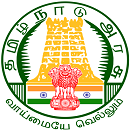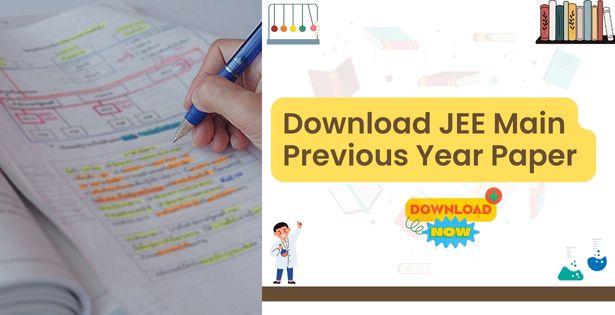Introduction
Statistics is a field of mathematics that involves the collection, analysis, interpretation, presentation, and organization of numerical data. It encompasses the use of mathematical techniques to uncover patterns, relationships, and trends within data in order to make informed decisions and draw reliable conclusions. Here are the key aspects of statistics:
- Data Collection: Statistics begins with the process of gathering data through various methods such as surveys, experiments, or observations. It is crucial to ensure that the data collected is of high quality and representative of the population of interest.
- Descriptive Statistics: Descriptive statistics involves summarizing and describing data using measures such as the mean, median, mode, and standard deviation. Visualizations like histograms and box plots are used to provide a clear representation of the data.
- Inferential Statistics: Inferential statistics uses sample data to make inferences or predictions about a larger population. This involves hypothesis testing, confidence intervals, and estimation of population parameters based on the sample data.
- Probability: Probability is a fundamental concept in statistics that quantifies the likelihood of events occurring. It enables the study of uncertainty and randomness in data and supports statistical analysis and decision-making.
- Statistical Analysis: Statistical analysis employs various techniques such as regression, correlation, and hypothesis testing to examine relationships and patterns within the data. These methods help uncover insights and validate hypotheses.
- Sampling Techniques: Sampling techniques involve selecting a subset of individuals or observations from a larger population. Proper sampling methods ensure that the selected sample is representative and unbiased.
- Data Interpretation and Presentation: Statistics involves interpreting and presenting data in a clear and meaningful manner. Visualizations, charts, and graphs are used to facilitate understanding and communicate insights effectively.







.webp)
%20(1).png)






 CUSAT CAT (Cochin University of Science ...)
CUSAT CAT (Cochin University of Science ...) MHT CET (Maharashtra Common Entrance Tes...)
MHT CET (Maharashtra Common Entrance Tes...) KCET (Karnataka Common Entrance Test...)
KCET (Karnataka Common Entrance Test...) JEE Advanced (Joint Entrance Examination...)
JEE Advanced (Joint Entrance Examination...) TNEA (Tamil Nadu Engineering Admissions...)
TNEA (Tamil Nadu Engineering Admissions...) SRMJEEE (SRM Joint Engineering Entrance ...)
SRMJEEE (SRM Joint Engineering Entrance ...) WBJEE (West Bengal Joint Entrance Examin...)
WBJEE (West Bengal Joint Entrance Examin...).webp) GUJCET (Gujarat Common Entrance Test...)
GUJCET (Gujarat Common Entrance Test...) BITSAT (Birla Institute of Technology an...)
BITSAT (Birla Institute of Technology an...) VITEEE (Vellore Institute of Technology ...)
VITEEE (Vellore Institute of Technology ...)



%20(1).png)
